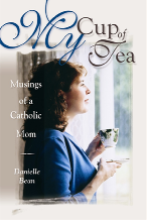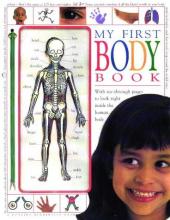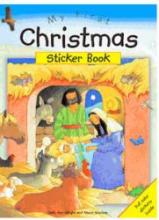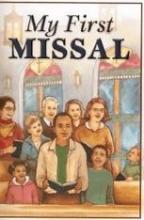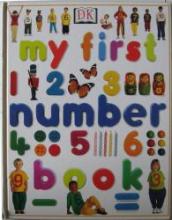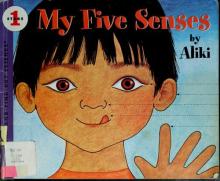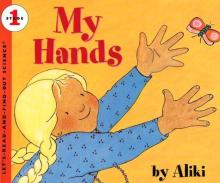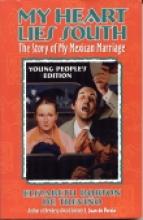No name
My Cup of Tea
My Daily Catholic Bible
This is an idea whose time has certainly come. Over the past few years a resurgence in Bible reading seems to have swept across the United States. You can hardly walk through a Walmart or an average bookstore without coming across all sorts of Bibles for all sorts of people. One big problem - it's difficult to find these user-friendly Bibles in Catholic editions.
This is no longer the case as Paul Thigpen has thoughtfully assembled this Daily Catholic Bible, broken down into 20 minute segments to read each day. The Bible is organized according to the calendar and also offers the Saint of the day and a short quote for each day as well. The Bible is a manageable size (and price) because of the special thin paper commonly used in Bibles. But the best news is that the translation is the excellent "Revised Standard Version: Catholic Edition." No feminized language or politically correct interpretations here!
This is probably best suited for adults or fairly ambitious teens. It would make a great New Year's resolution to read the entire Bible next year by getting through just a little bit each day. I'm going to try. Won't you join me?
Updated by webmaster, March 2024: Sadly, since this review, My Catholic Daily Bible has switched to using the NABRE — see our review here, so we can no longer recommend it.
My First Body Book
This is a fun and very kid-friendly introduction to the body and its various functions and capabilities. It begins with a set of transparent overlays which portray the skeleton (skeletal system), the heart, lungs and blood (cardiovascular system), and the brain and nerves and digestive system. When I first got this book (back in the days when I was a DK representative for a short time) I worried that this book wouldn't hold up very well. After more than three years of use by little hands, I have to admit it's done quite well.
The rest of the book provides simple text, funny illustrations and the trademark DK photos covering the following topics: faces, skin and hair, muscles and bones, blood and heart, lungs and breathing, digestion, brain and nerves, eyes and seeing, ears and hearing, taste and smell, touch, growing up and "all about you."
The digestion is handled quite politely (no graphic pictures) and I was pleasantly surprised at how well the "growing up" section was handled. It begins with a very sweet and simple explanation of conception "A baby starts when a tiny sperm from the father joins with an egg inside the mother. The egg attaches itself to a part of the mother called the womb..." (pg. 29) and goes on to descriptions of the various stages of development of an unborn baby. Although the term fetus is mentioned, the baby is called a baby throughout the text!!! Again – no yucky pictures but not twaddly or dumbed-down either.
My First Christmas Sticker Book
My First Missal
My First Number Book
My Five Senses
Aliki, in her classic - simple and charming - style, explains each of the five senses for preschoolers. Text and pictures explain what each of the senses is used for - "When I drink my milk and eat my food, I use my sense of taste. I am tasting." My children ask for this book over and over.
Copyrights 1962/1989. Many later printings / editions.
My Hands
This is a nicely illustrated book for very young children on everything having to do with hands. The very simple text covers the names of the fingers (index, middle, etc.), the sense of touch, right or left-handed, the importance of thumbs and how different hands can be ("Daddy's hands are different from mine. They are big and rough and bony. Mother's hands are soft...") This is a charming little book for helping children appreciate how wonderfully they are made.
Copyrights 1962/1990
My Heart Lies South
This story is delightful for its own sake, but also gives tidbits of history (Mexican and Spanish), religion, and culture. It is also the sort of book that is useful and delightful for teenage girls to read as they begin to consider their future roles as mothers, wives and influences on their community. (The humorous incidents will probably keep it interesting enough for the guys as well.) There are some references to dating and courtship, the consequences of drinking too much and other subjects which would not be suitable for young children (although they are handled in a reasonable manner). Don't be turned off by the word "seduction" that shows up in the first few pages. It comes up in a fairly harmless context and is not an indication of shocking material to come.
I also found her discussions of parenting interesting because she was raising her children at a time when American doctors advocated bottle feeding and a sort of detached parenting . When she wrote the story, however, the doctors had begun to come around to a healthier and more natural parenting philosophy and the author expresses some of her regrets and frustrations at following the conventional wisdom which really went against her instincts.
Her arguments in favor of the Mexican view of the role of women is quite compelling. The Mexican role is, in many ways, very Catholic. Women are not inferior or subservient (as in the "Leave it to Beaver" American model of the 1950s) nor do they feel the need to fight for "equality" as in the American feminist model of today. The Mexican women have (or perhaps had) a very strong and dominant role within the family which was the center of society. They liked to make their husbands feel manly by allowing them to help them because it made them better husbands and companions. Although the author does not fully embrace every particular of the Mexican customs in this regard, she sees them generally as the women's way of cunningly "allowing" the men to feel superior in order to keep them happy while almost always having the final word.

